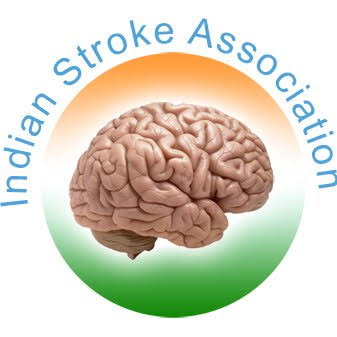Ahmedabad: The prevalence of stroke is on the rise in India, with as many as 18 lakh stroke cases being reported in India every year, according to the Indian Stroke Association (ISA), which has launched several initiatives to create greater awareness about stroke.
The ISA is celebrating October as Stroke Awareness Month and has organised dozens of programmes and events to spread general awareness about stroke and reduce its burden. An extensive social media campaign with the hashtag #ProtectYourBrain – KnowAboutStroke is being run since October first week.
“Stroke is a brain attack and is the leading cause of disability and second leading cause of death in India. One person has a stroke in India every 40 seconds, and one-fourth of the patients are less than 50, including a large number who are in the age group of 19-30,” said Dr. Jeyaraj Pandian, President, ISA.
Stroke cases put a tremendous financial and social burden on personal, family, and community levels, but awareness is the key to reducing the burden. A sedentary lifestyle, smoking, obesity, and lack of regular exercise are the key factors that lead to stroke. It is estimated that 80% of stroke cases can be prevented with lifestyle and behavioural changes.
“Stroke can happen to anyone, at any age and anywhere. It is estimated that one in every four persons will have a stroke during their lifetime. The risk can be reduced by regular checks for hypertension, diabetes, hyperlipidemia, etc. Exercising regularly, maintaining the right weight, quitting smoking, and giving up alcohol consumption can also help reduce the risk of stroke. Primary Prevention, Treatment and Stroke Rehabilitation are key comprehensive treatments of stroke,” said Dr. Arvind Sharma, Secretary, ISA.
At 19-24% in most states, the stroke fatality rate in India is much higher than in developed countries due to lower awareness about stroke prevention and treatment.
However, the fatality rate in North-Eastern states and coastal states is as high as 42%, among the highest in the world, which is attributed to higher salt intake.
“In the North East, many people have salted tea, and in coastal areas, the consumption of dried fish, which has a lot of salt, increases the risk for hypertension, which in turn contributes to higher stroke risk,” said Dr. Pandian.
As a part of Stroke Awareness Month, which will culminate on the occasion of World Stroke Day on October 29, the ISA has taken the lead in public awareness campaigns through risk screening camps, audio-visual presentations for the public, community engagement through social media and other platforms, collaborations with Indian red Cross Society, Rotary Club, and other NGOs, and a host of other activities throughout the month. The ISA has lined up several more awareness initiatives that will continue well beyond Stroke Awareness Month.
“In the event of a stroke, recognising the symptoms and reaching the hospital in time is critical. There are many effective therapies for stroke if administered within the golden period of 4.5 hours of getting the stroke. During stroke, every minute 20 lakh neurons die, and hence the need to Act FAST” informed Dr. P. Vijaya, Executive Committee member, ISA.



